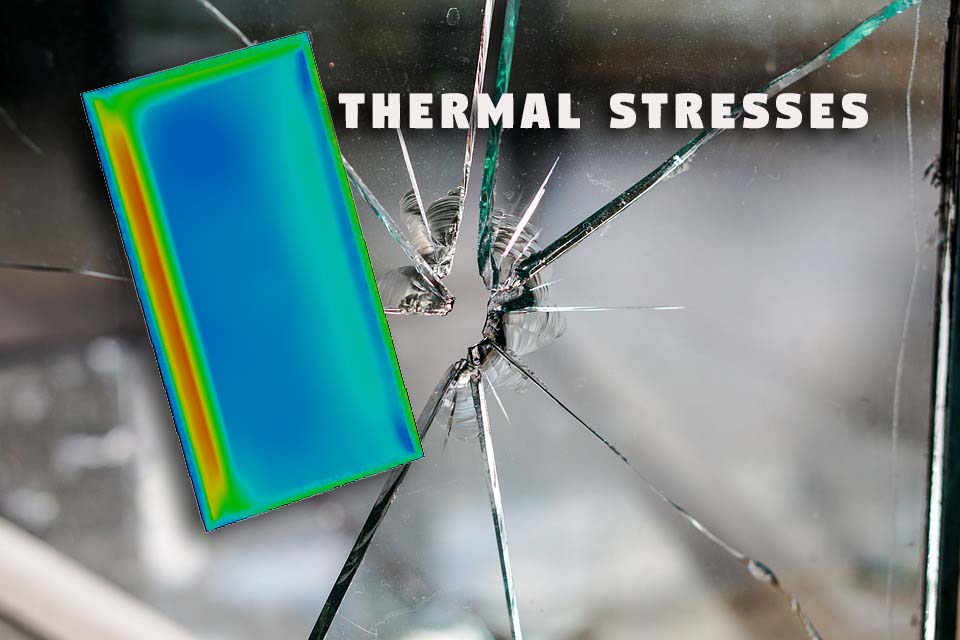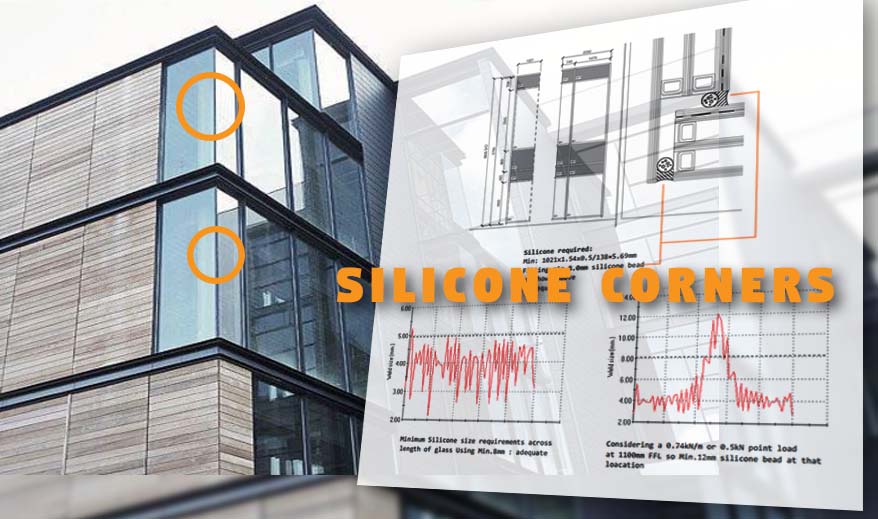
-
Affects of CW Mullion/Transom deflections
-
Thermal Stress from Sun, Shading, Room Heating
-
Glass Racking from Building movements.
-
Corners + Silicone Joints
-
Climatic affects to Double / Triple glazing
-
Glass 'Pillowing' [visual affects]
-
Abseiling + Impact loads
-
Curved Glass, Cut shapes, SSG
-
Temperature affects on PVB/SGP interlayers
Call us on (+44) 7779 292760
Advanced Glass Analysis
For almost 20 years we have been developing techniques and knowledge for the Analysis of this unique material.
Whether used for high performance facade applications or as a structural load bearing element, our deep understanding of glass – its properties, failure modes and capabilities – has made us a leader in the analysis and engineering of this extraordinary material.
There are only a few standard codes of practice for glass (compared to more traditional materials like steel and concrete), so we take a first principals design and analysis approach, using our extensive knowledge of the lamination interlayers, climatic load affects, double and triple glazing strengths and weaknesses for all
types of Glass structures.

A common design feature which can be difficult to determine
in terms of strength against wind pressures and barrier loads. The response of the structural silicone varies along it's length. Understanding where the bead thickness needs to be increased and to what level is a key element in insuring the joint performance adequately over the years
-
Affects of CW Mullion/Transom deflections
-
Thermal Stress from Sun, Shading, Room Heating
-
Glass Racking from Building movements.
-
Corners + Silicone Joints
-
Climatic affects to Double / Triple glazing
-
Glass 'Pillowing' [visual affects]
-
Abseiling + Impact loads
-
Curved Glass, Cut shapes, SSG
-
Temperature affects on PVB/SGP interlayers
Extensive Advanced Glass Analysis checks
covering affects from :
Wind Pressures, Climatic
and Solar Loads as well as Impact events

Buildings sway and Floors move up and down
Modern glazing has to accommodate building movements. Generally this is achieved by allowing for sliding sleeve inserts inside mullions or via channels at the Head. However, there are times when only the section rebate is available and that can be limited to 5-7mm. Understanding the affects of the floor movement or building sway is key as is the potential imposed load onto the glazing system and glass it's self. We have advanced methods to track and check such events and results.


